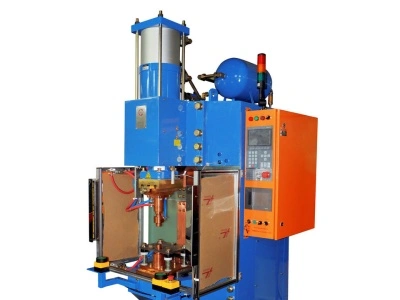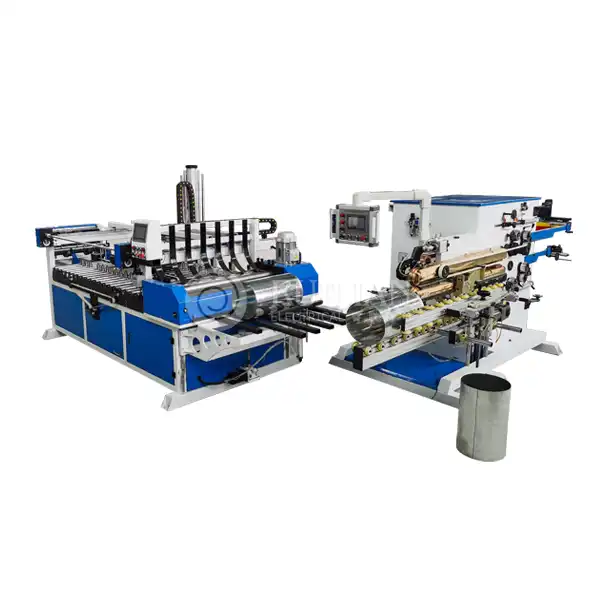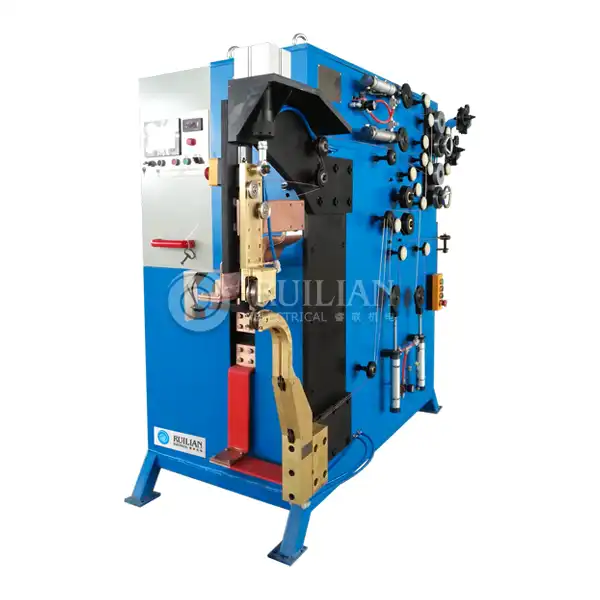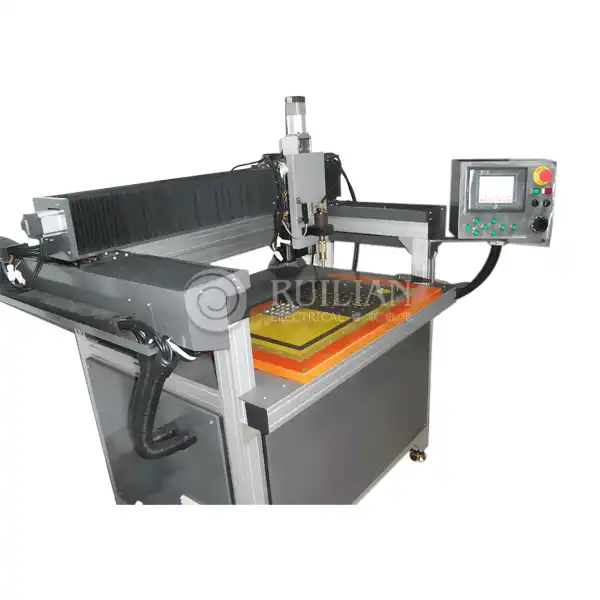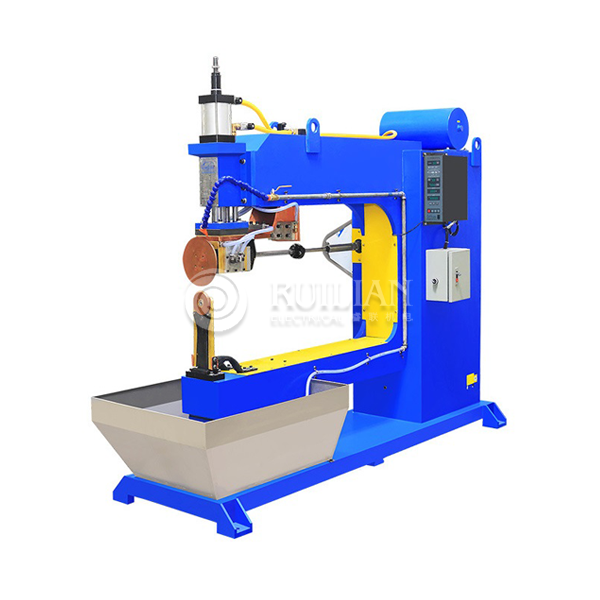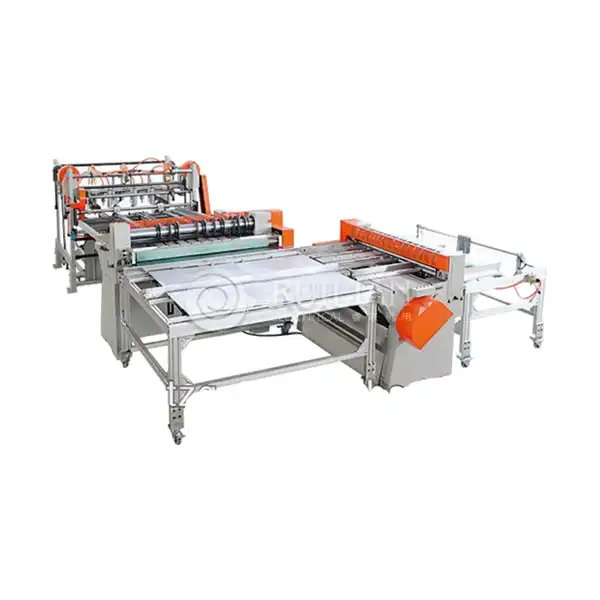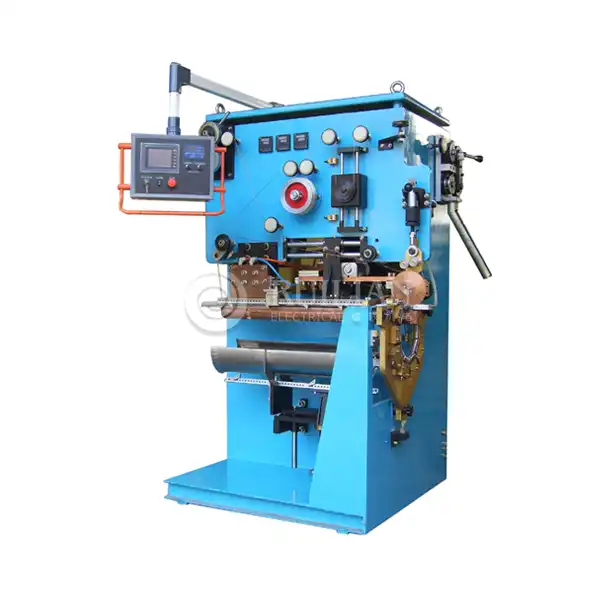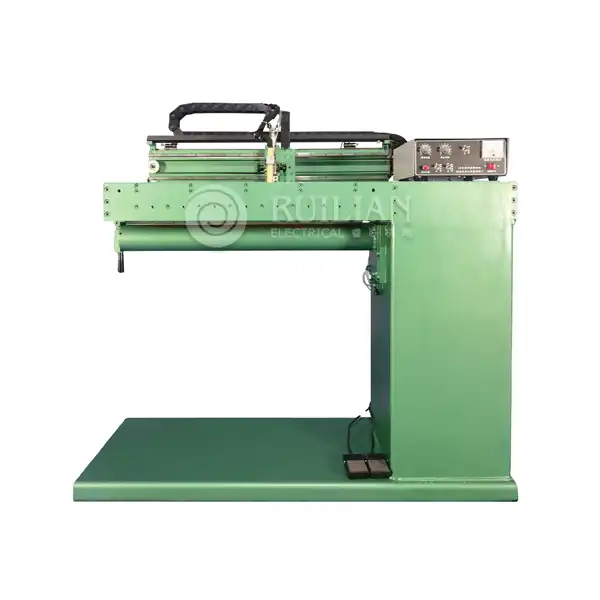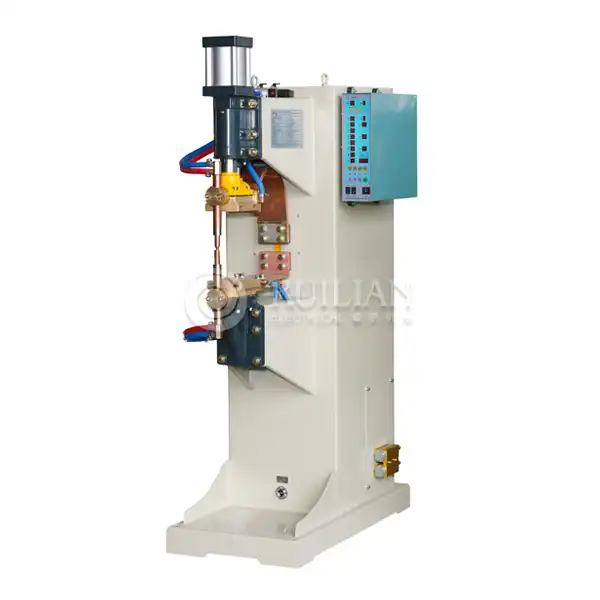Automotive Industry: Driving Innovation with Circumferential Resistance Welding
The automotive sector stands out as a major beneficiary of circumferential resistance welding technology. These machines play a crucial role in the production of various vehicle components, ensuring structural integrity and reliability. Some key applications include:
- Exhaust Systems: Circumferential resistance welding machines are instrumental in joining exhaust pipes, mufflers, and catalytic converters. The high-strength welds produced by these machines are essential for withstanding the extreme temperatures and vibrations experienced by exhaust systems.
- Fuel Tanks: The seamless welds created by circumferential resistance welding machines are ideal for fuel tank production, ensuring leak-proof and durable containers that meet stringent safety standards.
- Drive Shafts: These machines are utilized to join the components of drive shafts, creating robust connections that can withstand the torque and stress associated with power transmission.
- Wheel Rims: Circumferential resistance welding is employed in the manufacturing of wheel rims, providing strong and precise joints that contribute to the overall safety and performance of the vehicle.
The automotive industry's reliance on circumferential resistance welding machines stems from their ability to produce consistent, high-quality welds at rapid speeds. This efficiency is crucial in meeting the demands of mass production while maintaining the exacting standards required for automotive components.
Aerospace and Aviation: Reaching New Heights with Precision Welding
In the aerospace industry, where safety and precision are paramount, circumferential resistance welding machines have found numerous applications. The ability to create strong, reliable welds in critical components has made these machines indispensable in aircraft and spacecraft manufacturing. Some notable applications include:
- Jet Engine Components: Circumferential resistance welding is used to join various parts of jet engines, including combustion chambers and turbine housings. The precise control over heat input and weld quality is crucial for components that must withstand extreme temperatures and pressures.
- Fuel Lines: The leak-proof welds produced by these machines are essential for the fabrication of fuel lines in aircraft, ensuring safety and reliability in flight.
- Hydraulic Cylinders: Aerospace hydraulic systems rely on circumferential resistance welding for the production of cylinders that can withstand high pressures and maintain integrity under extreme conditions.
- Satellite Components: In the space industry, circumferential resistance welding machines are used to fabricate various satellite parts, where weight reduction and structural integrity are critical factors.
The aerospace industry's adoption of circumferential resistance welding technology has contributed to the development of lighter, stronger, and more efficient aircraft and spacecraft. The precision and consistency offered by these machines align perfectly with the stringent quality requirements of the aerospace sector.
Energy Sector: Powering Progress with Advanced Welding Techniques
The energy sector, encompassing oil and gas, nuclear, and renewable energy industries, has embraced circumferential resistance welding machines for their reliability and efficiency. These machines play a vital role in the production of various components essential to energy generation and distribution. Key applications include:
- Pipeline Construction: Circumferential resistance welding machines are used to join sections of pipelines, ensuring strong and leak-proof connections that can withstand high pressures and harsh environmental conditions.
- Heat Exchangers: In power plants and refineries, these machines are employed in the fabrication of heat exchangers, where the integrity of welds is crucial for efficient heat transfer and safety.
- Solar Panel Frames: The renewable energy sector utilizes circumferential resistance welding for the production of solar panel frames, contributing to the durability and longevity of solar installations.
- Nuclear Reactor Components: In the nuclear industry, these machines are used to weld various reactor components, where the highest standards of quality and safety must be met.
The energy sector's reliance on circumferential resistance welding machines stems from their ability to produce consistent, high-quality welds that can withstand extreme pressures, temperatures, and corrosive environments. This technology has played a significant role in enhancing the safety and efficiency of energy production and distribution systems worldwide.
In conclusion, circumferential resistance welding machines have proven to be versatile and indispensable tools across a wide range of industries. From automotive and aerospace to energy and beyond, these machines continue to push the boundaries of what's possible in welding technology. Their ability to produce high-quality, consistent welds at rapid speeds makes them an asset in any manufacturing setting where cylindrical or tubular components need to be joined with precision and reliability.
As industries continue to evolve and demand ever-higher standards of quality and efficiency, the role of circumferential resistance welding machines is likely to grow. Whether you're in the automotive, aerospace, energy, or any other sector that requires precision welding, exploring the capabilities of these machines could open up new possibilities for your manufacturing processes.
For more information about circumferential resistance welding machines and how they can benefit your specific industry, don't hesitate to contact us at ry@china-ruilian.cn. Visit our website at www.rlseamwelding.com to explore our range of welding solutions and learn how we can help optimize your production processes.


